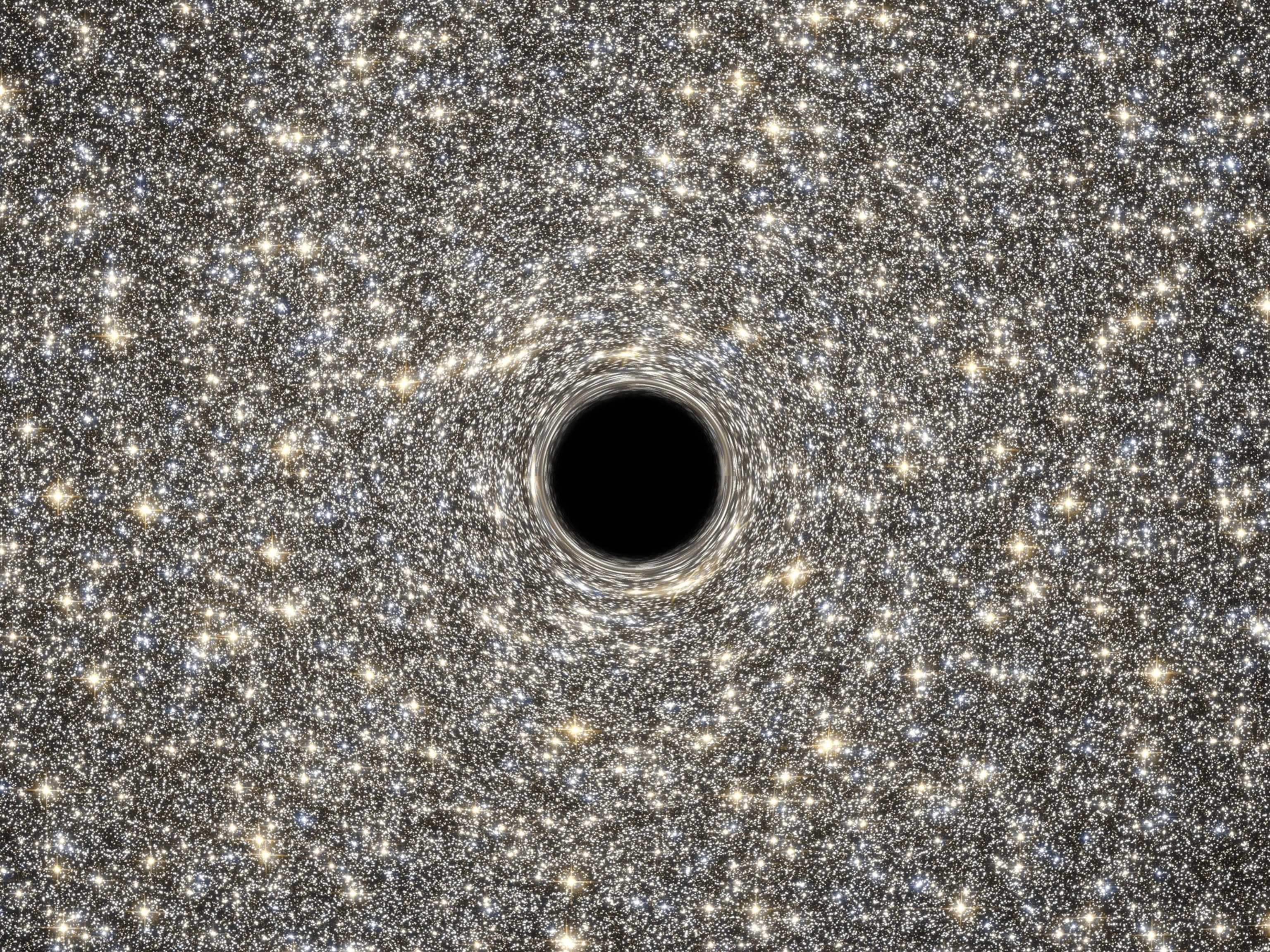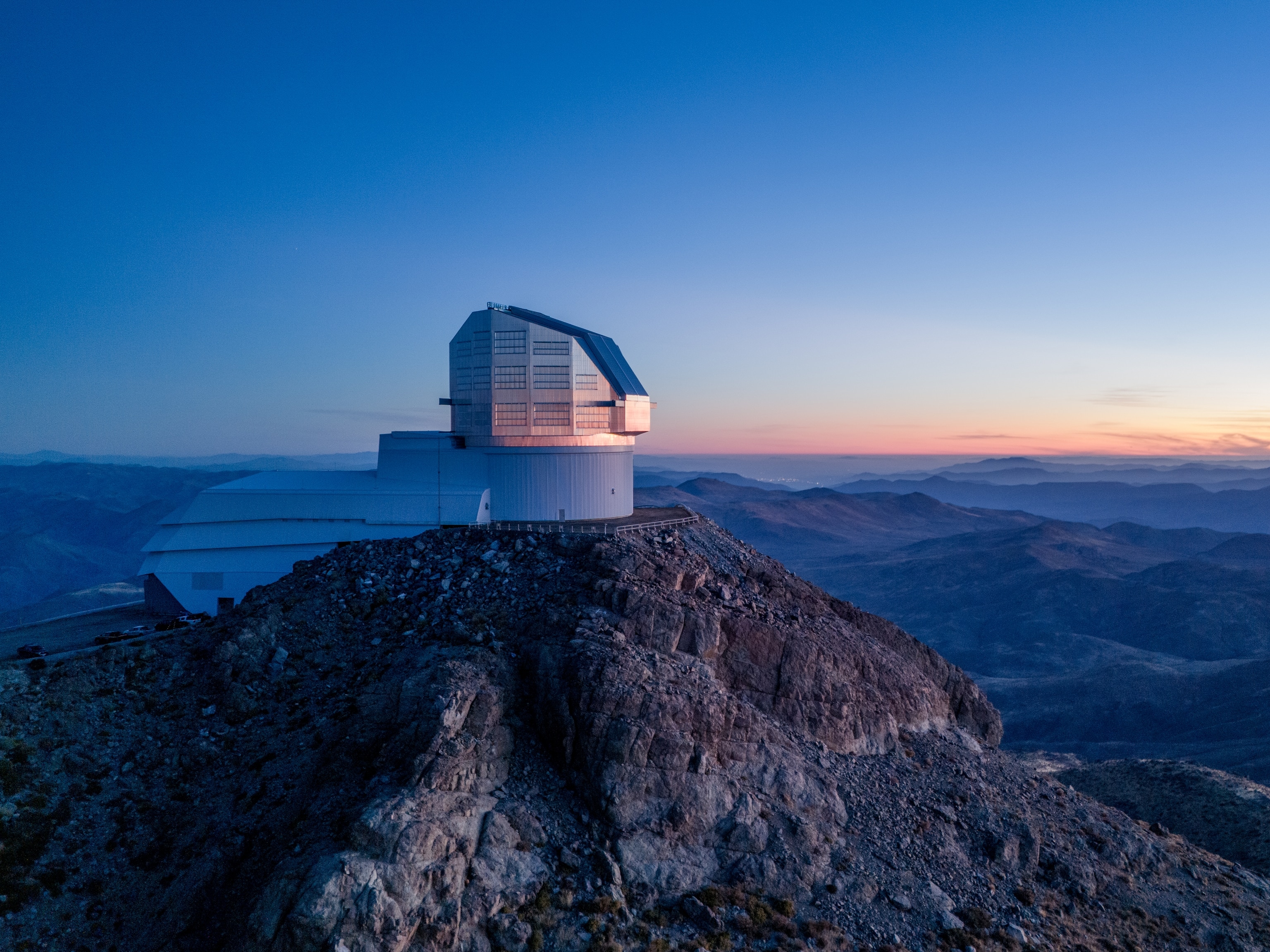
Biggest 3-D Universe Map Created—See Fly-Through Video
New survey may offer insight into early universe, dark energy.
A new 3-D map of the universe is the biggest ever made, providing the most detailed view of the sky yet, astronomers say.
The crown jewel of the six-year Sloan Digital Sky Survey III (SDSS III), the map was created by targeting nearly a million galaxies up to 12 billion light-years from Earth—in part by using a spectrometer that can measure the distances to thousands of separate galaxies simultaneously.
Watch a fly-through video of the 3-D map.
"The current survey is the most extensive ever done and has more than three times the volume of the previous record-holder," said project director Daniel Eisenstein, an astronomer at the Harvard-Smithsonian Center for Astrophysics in Cambridge, Massachusetts.
"Our ultimate goal is to survey a quarter of the entire sky, and we are only about a third of the way done."
Using the map, whose data come from the Apache Point Observatory in New Mexico, Eisenstein and colleagues "are hoping to understand better the nature of dark energy"—the unexplained force that's causing the universe to expand at an ever quickening speed.
By plotting galaxies in 3-D, we should be better able to understand how the effects of dark energy "may have changed over the history of the universe," he said. (Read more about the big bang and the origins of the universe.)
Peering Into the Early Universe
Already, the SDSS team has found that the distances they're getting for galaxy clusters appear to be consistent with models of the universe's structure that take into account dark energy.
By accurately measuring distances to individual galaxies, Eisenstein and colleagues were able to map galaxy clusters hundreds of millions of light-years across. (See galaxy pictures.)
This level of detail offers a glimpse of what the early universe may have looked like, since the light from far-off galaxies can take billions of years to reach Earth.
In the first moments following the birth of the universe, the density of matter—which would eventually form the galaxy clusters we see today—was uneven and clumpy. Due to gravity, denser material was attracted to other dense material, Eisenstein said.
Over time the contrast between the highly dense and less dense regions of the universe grew into the clustering pattern we see today.
That pattern "is a direct imprint set up within the first second of the big bang," he said.
"We are doing these surveys of the modern universe because they are a fossil record of what was going on in the distant past."





